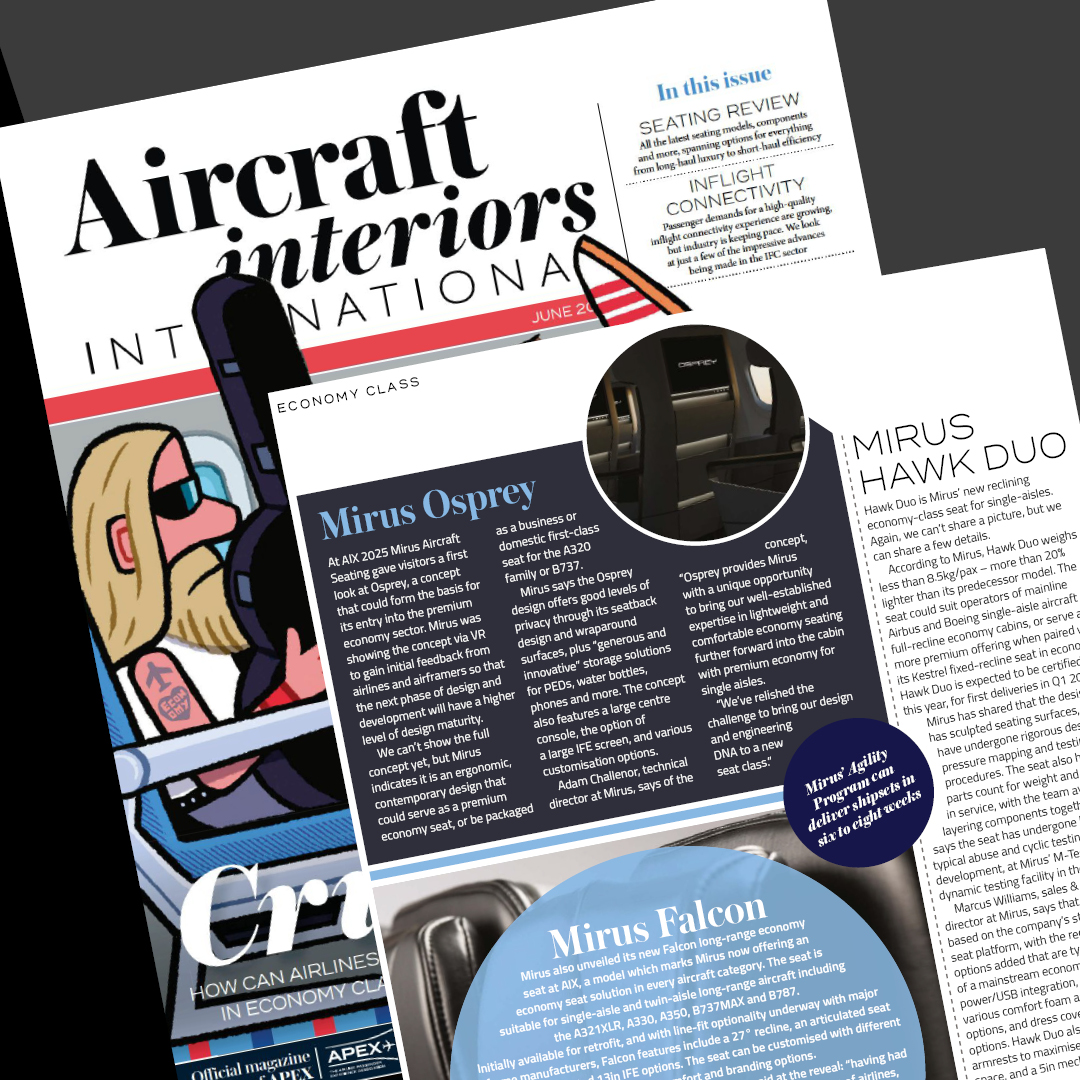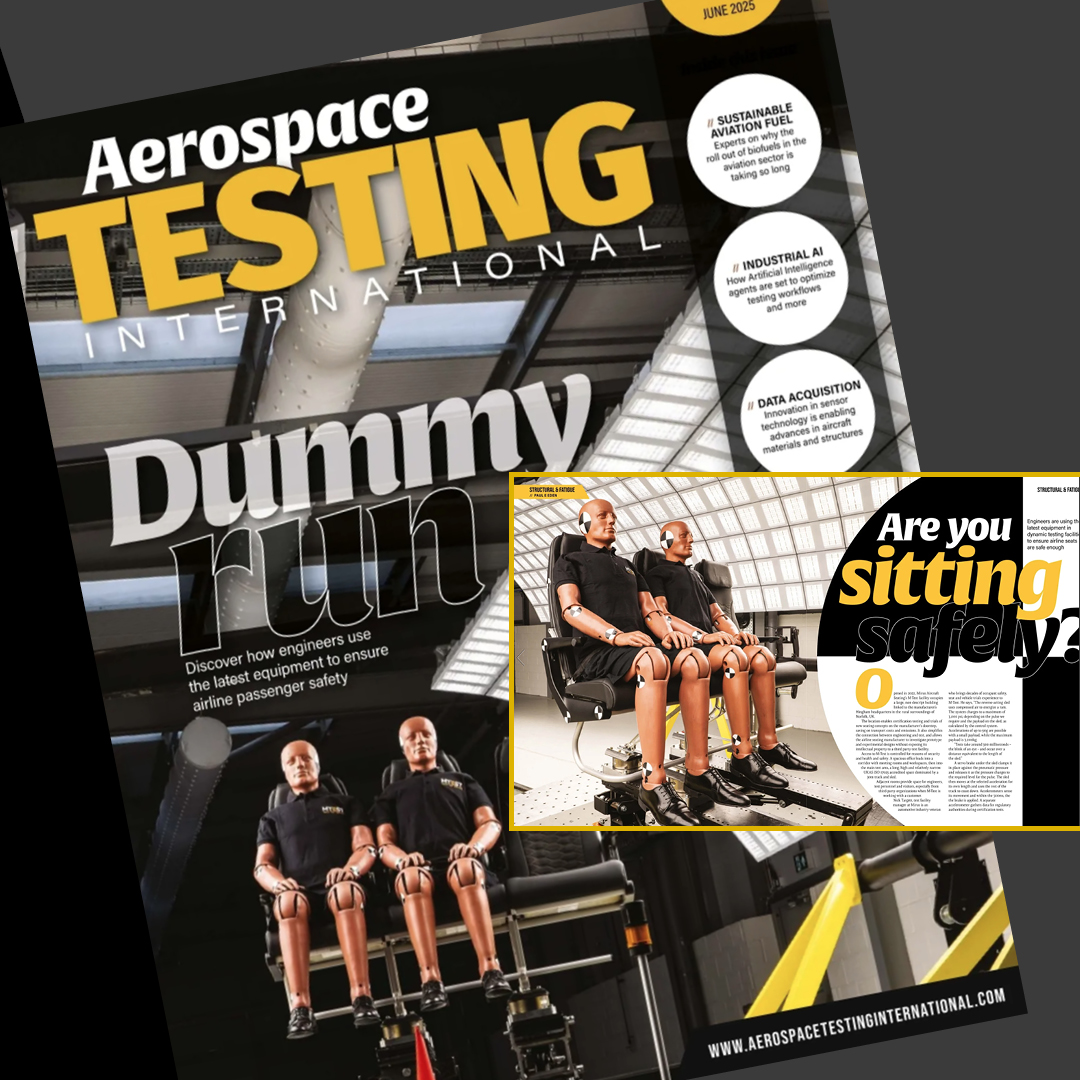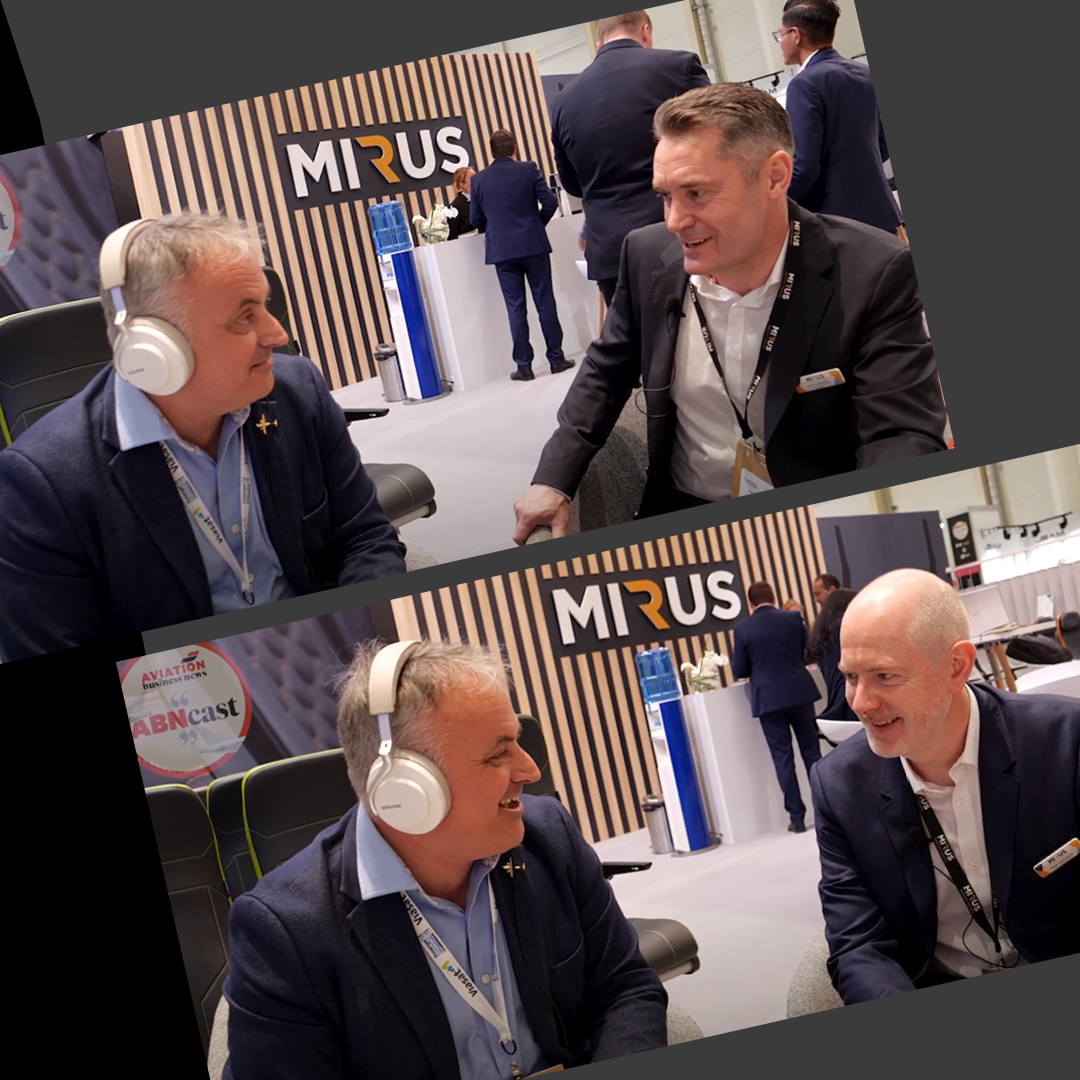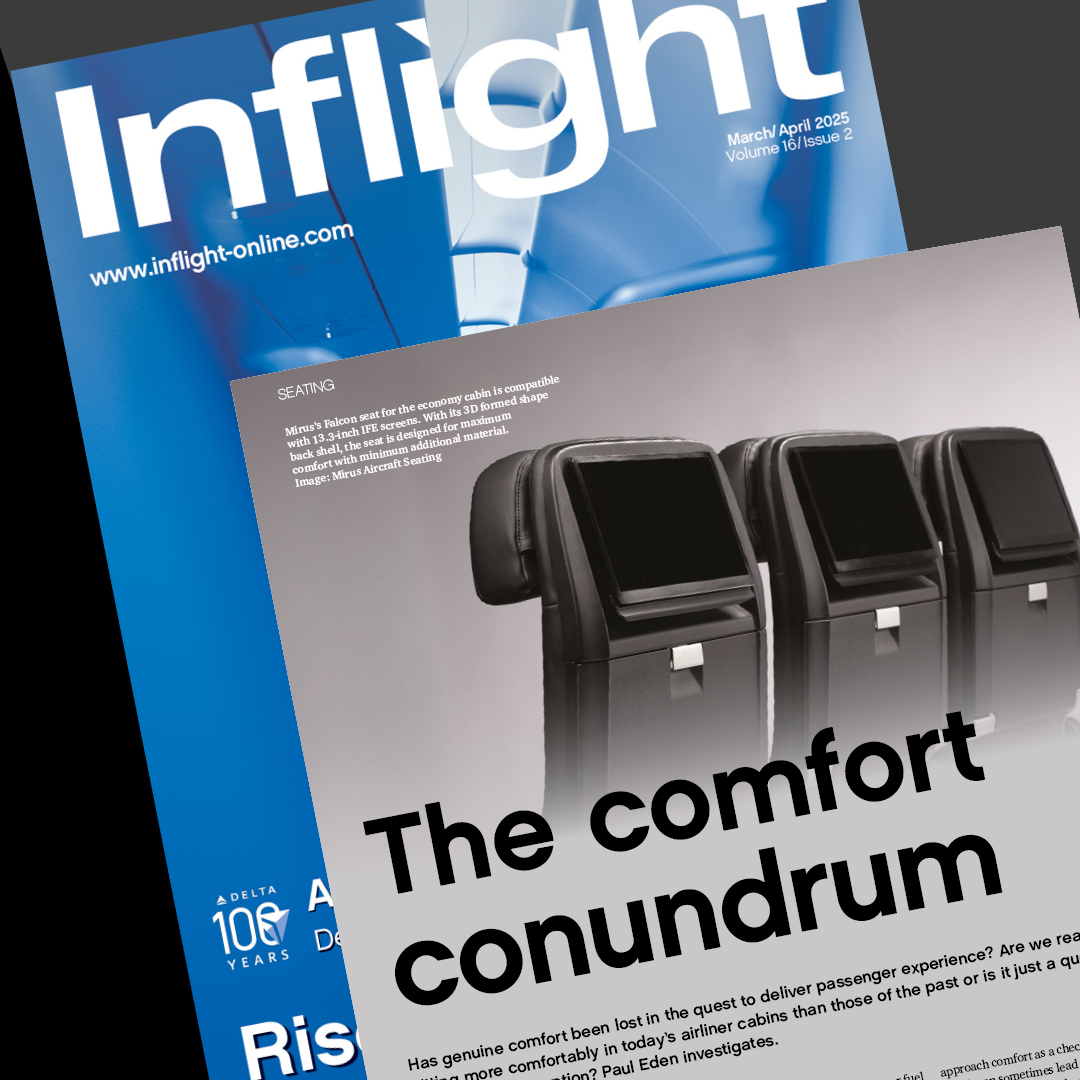In The Seat | James Clark, Lead Design & Development Engineer
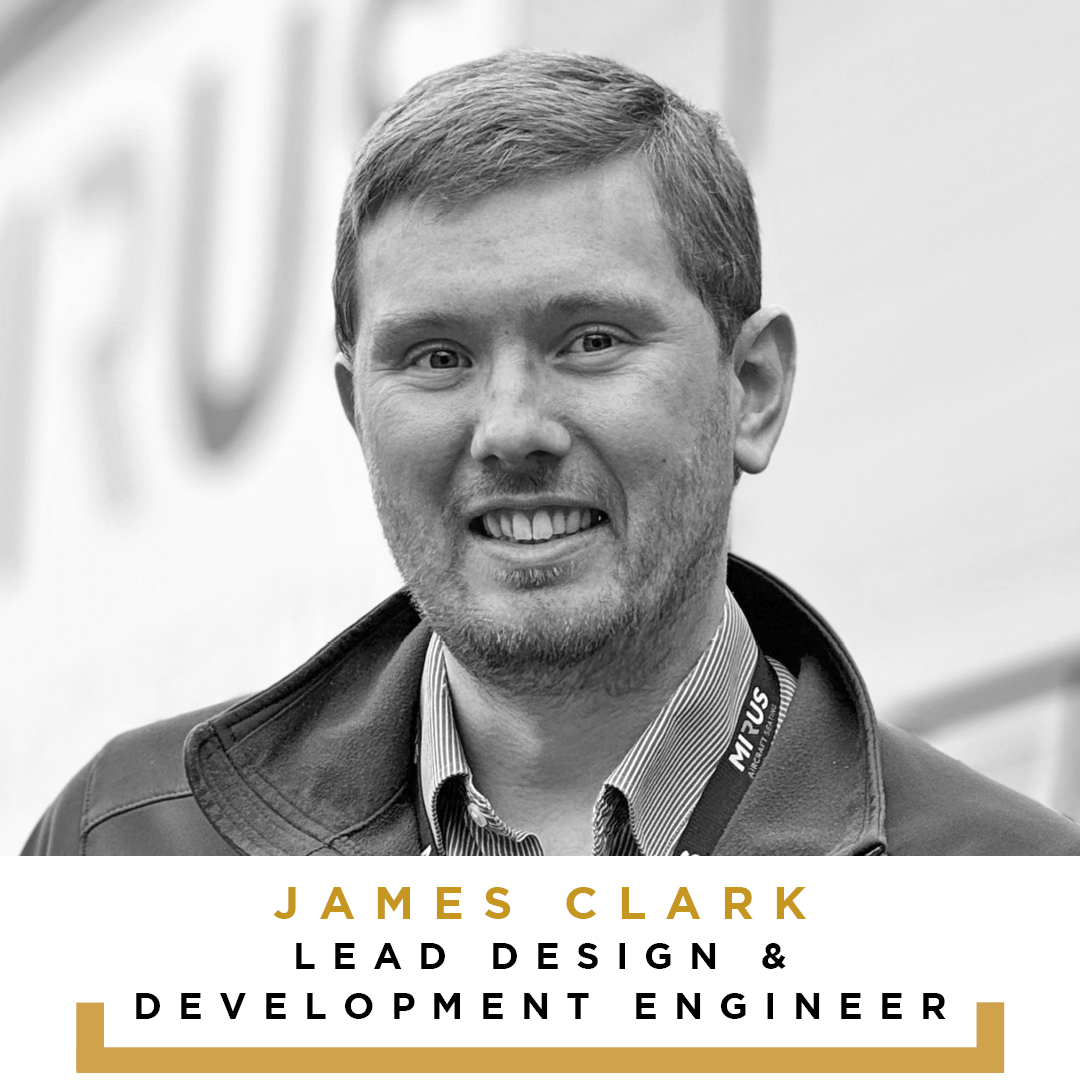
Continuing our 'In the Seat' series, where we are talking to and getting insight into some of the incredible people working here and driving Mirus forward. From Commercial, Certification, Product Design, Quality and Engineering we are lucky to call some of the most experienced and talented people in the industry our colleagues.
Next up in the series we are talking to our Lead Design and Development Engineer, James Clark.
Tell us about your role as Lead Design & Development Manager at Mirus…
As Lead Design & Development Engineer within the New Product Development team, I’ve been primarily responsible for delivering our lightweight fixed-back economy Kestrel seat from conceptual design through to production. As part of the this I ensured that the engineering development of the seat was on target in terms of mass, cost and schedule, as well as meeting all necessary requirements including regulatory, airframe integration and customer requirements. As part of the seats development it also meant maximising living space and ergonomics as well as environmental and lifecycle testing to ensure the robustness of our new product prior to entering service with an airline.
None of this would be possible without the support and experience of the Engineering team at Mirus, which I support and steer throughout a programme. I’ve enjoyed the opportunity to bring a growing number of graduate engineers into the team and see their growth, as well as working with experienced engineers from a range of backgrounds.
As our Kestrel seat transitions from new product development to mass production and customer programmes. I am excited to be leading development of a new product which will be on show at AIX 2025.
My role also supports the Sales team with prospective customer enquiries for our new product range, whether that’s calculating seat and shipset masses, reviewing LOPA’s or considering new design options.
Regular contact with key suppliers and our Supply Chain team ensures we are using the latest technologies and most suitable materials and processes to deliver competitive aircraft seats. It’s been highly rewarding to develop new and existing relationships, including attending AIX in Hamburg.
I’ve also enjoyed representing Mirus on the Aircraft Seat Committee, which includes seat suppliers, aircraft OEM’s and regulators from around the world to ensure the industry continues to maintain the highest safety and performance standards.
You have a wealth of experience in aerospace and engineering, tell us about this and how your journey lead you to Mirus…
I’ve always enjoyed technical challenges and problem solving, so studying for a master’s degree in aerospace engineering at Brunel University London seemed a natural choice. Little did I know that this journey would lead to me celebrating 10 years in aircraft seating as a design engineer, senior engineer, and most recently as a lead engineer.
An industrial placement year as part of my studies working within the industry began my journey into aircraft seating began. Working in a small team, and with most of the design, manufacture and test of seats taking place on-site, this was a great place to start my career and learn from highly experienced engineers.
My next role marked a distinct shift in focus from my previous engineering experience on lower volume flight crew or business jet seating with many more complex mechanisms to what could be mistaken for being much ‘simpler’ economy class passenger seats. But in fact involving a much deeper level of designing for cost and mass optimisation for high volume global production. Progressing into the role of a Senior Engineer, I developed the future strategy for cross-platform aircraft seat architecture.
Moving on to Mirus Aircraft Seating, I was excited by the potential growth, and their ambitions to develop new products as a market disruptor. I believe we are now very much achieving this with our industry leading lightweight fixed-back Kestrel seat. I was also keen to once again work with Adam Challenor, our technical director at Mirus, from whom I have learned so much. I will always be grateful for the mentorship Adam provided me as I worked towards gaining Chartered Engineer status in 2021.
You’ve worked in aircraft interiors for more than a decade – what is the biggest change you’ve seen in the industry within that time?
I’ve witnessed a shift in quality and performance expectations from the customer, whether that’s a pilot, private jet passenger or an airline and their passengers.
As quality and comfort standards have improved over the years, so expectations of aircraft passengers have evolved. We can learn much from other industries, to understand how expectations and standards continue to evolve, and the innovative solutions and developments that meet these constantly shifting needs to ensure we deliver the best possible experience to airlines and passengers.
I’ve enjoyed the challenge of developing seats that provide an improved experience for all customers – such as enhancing living space and comfort for passengers, whilst maintaining a competitive seat pitch and cabin capacity. Another notable aspect is in ‘perceived quality’, such as refinement of the motion of a latch, table, armrest or reclining seatback so that it feels more like a premium product, and we have spent much time finessing Kestrel.
I believe Mirus is at the forefront of delivering best in class product, and one of our key differentiators is the extensive customisation we offer to tailor our seats and options to the needs of our airline customers.
Tell us about some of your standout moments so far with Mirus…
Having been responsible for tracking and seeking opportunities to not only achieve, but to push beyond our ambitious weight target on Kestrel, I am immensely proud of the 6.9kg per pax that the team has brought to market. All the weights we quote are for fully dressed, ready-to-install seats.
It was great to hear that the external independent evaluation of Kestrel found that it is 98% recyclable! This together with the significant airline fuel savings and reduced emissions from being circa 0.5kg lighter per pax than the nearest competitor, is a great improvement in terms of sustainability and minimising the environmental impact of civil aviation.
It was also very exciting to see the development of MTEST, (dynamic test centre), transform from a building site to a state-of-the-art test facility, and bearing witness to the very first test – a Kestrel development seat. Having previously worked at aircraft seating businesses both with and without immediate access to a dynamic test resource, I understand the huge benefits this brings to the business, and in particular in my role in new product development. Having the test sled alongside our site allows for significantly faster product development and iterative optimisation. I’m looking forward to MTEST enabling us to accelerate development of our exciting new product range.
What and who has inspired you on your journey in aerospace and engineering…
Some of my first memories are of aviation having grown up living very close to RAF St Mawgan (now Newquay Airport) on the Cornish coast, with the familiar sight and sound of Nimrods and Sea Kings. I feel this ignited my interest in aviation and started my journey towards a career in this industry. For me, aviation is much more than just a job or career, but also something I continue to enjoy outside of work, whether that’s visiting museums or airshows, reading about historical aviation or checking on an app which aircraft are flying overhead. Having an interest in aviation and keeping up with aerospace news and developments has provided a wider awareness and aided me in my different roles.
Over the years, I’ve had some excellent mentors and managers who have supported me and my professional development. Working with Kevin Crowder, New Product Development Manager at Mirus, has been highly rewarding as he’s promoted a creative and collaborative approach to seat development across the team. I’d encourage any aspiring engineers looking to be part of our growing team developing an exciting new product range to visit the Mirus website for current vacancies.
What do you love about your job at Mirus…
I love the variety of the job and the challenges we face, there can’t be many careers in aviation which involve such a blend of materials and processes. Mirus must meet all the safety, test and integration requirements whilst always having the passenger experience at the front of our mind. As well as designing complex mechanical structures, our seats need to be comfortable seat for the travelling public. A seat is a key component of an airline’s identity and therefore customisation of various features and options is an important consideration in the design process, styling for a clean and modern aesthetic.
The wide range of testing we can conduct at MTEST is always interesting to witness, and the data from those tests provides us with great value and learning. Designing seat systems suited to dynamic testing is highly complex and challenging, particularly regarding head impact and structural integrity, with passenger safety of primary concern. Other testing includes static abuse, lifecycle durability and environmental exposure, as well as flammability which is always a key consideration when using any non-metallic components.
Outside of Mirus what do you enjoy doing…
I moved to Suffolk when I joined Mirus and still have plenty more exploring to do around East Anglia. I do feel lucky to live in such a beautiful region of the UK. I really enjoy being outdoors, whether it’s a walk or cycle through the countryside or along the coast or gardening at home. I’ve been a member of the National Trust for several years and am a regular visitor to some stunning country estates and gardens across the UK with lots of interesting history.
Having spent many years living along the coast in Cornwall and Essex, I’m a long-time supporter of the RNLI and can never resist visiting a nearby lifeboat station when I come across one.
I like playing badminton, and I’m also a fan of Formula One, and am looking forward to when Ferrari finally get back to their winning ways!

